7 Types of Rest and How to Integrate These into Daily Life
Have you ever felt that no matter how much sleep you get, you never seem to be able to shake that feeling of tiredness or fatigue? The sleep recommendation for the average adult is at least 7 hours per night. Anything less than that and you start to experience adverse health outcomes, especially when sustaining low levels of sleep over long periods.
So what then might be missing if we are sleeping well each night but still feel the fog of fatigue the next morning? The answer says Dr. Saundra Dalton-Smith is rest or conscious relaxation. Rest is restorative. Her research over several years is that both sleep and rest are essential for avoiding burnout. Sleep is a type of rest – physical rest – but equally important are mental, spiritual, emotional, social, sensory, and creative rest. These types of rest are not just vital to recovery from prolonged periods of stress but to overall replenishment. And this is why sleep alone is not enough to restore us to a point of feeling fully recharged. Says Dr. Dalton-Smith,
“If you’re not purposefully resting
you are not building resilience in your life”.
Activities to promote the 7 types of rest and how to recognise a rest deficit
1. Physical Rest
There are two types of physical rest – passive and active. Physical rest is obtained through a cessation of physical activity, enabling physical recovery.
Activities to promote physical rest: Sleeping or napping (passive rest) and yoga or stretching (active rest).
Physical rest deficit warning signs: Tension in the body or general aches and pains.
2. Mental Rest
Mental rest is a way to recover from extended periods of ideation, calculation, or otherwise processing of information.
Activities to promote mental rest: A “brain dump” of thoughts onto paper can be really helpful, so the brain has a chance to offload and process them.
Mental rest deficit warning signs: Challenges with memory recall (absent a medical diagnosis).
3. Spiritual Rest
Spiritual rest provides a feeling of interconnectedness with others and/or a higher power.
Activities to promote spiritual rest: Meditation, prayer, or simply finding a sense of belonging within a group.
Spiritual rest deficit warning signs: Experiencing a lack of meaning in life.
4. Emotional Rest
Emotional rest is the ability to be authentic and fully express yourself.
Activities to promote emotional rest: Being vulnerable with people you trust in a safe space.
Emotional rest deficit warning signs: A feeling of always “bottling up” your feelings or otherwise keeping them in check.
5. Social Rest
Social rest is designed to replenish the energy expenditure of day-to-day interactions, particularly those which ask something of us or take something from us.
Activities to promote social rest: Spending time with people who “replenish” our energy reserves i.e. they don’t ask anything of us and you can simply be, or receive.
Social rest deficit warning signs: Craving time for yourself out of necessity not desire.
6. Sensory Rest
Sensory rest means “dialling down” the sensory input in our lives whether it be TV, social media, music, news, notifications etc.
Activities to promote sensory rest: Silence, darkness, or simply switching “off” from devices.
Sensory rest deficit warning signs: General agitation and irritability.
7. Creative Rest
Creative rest is respite from being predominantly task-oriented. Moving from one task to another without adequate reflection can lead to stagnation of new thinking.
Activities to promote creative rest: Finding moments to enjoy “beauty” whether it be natural (e.g. a hike in nature, swimming in a lake) or man-made (e.g. attending the opera, visiting a museum etc.)
Creative rest deficit warning signs: Challenges with problem solving or innovation.
So now that we understand the 7 types of rest better, how do we integrate these rest activities into our daily life?
We can start by looking ahead in our diary. Review the meetings, appointments, and activities you have scheduled next week. Identify which types of rest these will be “pulling from”. Then forecast what types of rest you will need to “offset” that energy expended. Is that type of rest already scheduled? If not, what actions can you take to close any gaps?
Building a regular implementation strategy, such as the above, brings awareness to our energy management in a way that facilitates choice around activities in our life that will most serve us. Think of it as an algebraic equation – both sides of the equation must be equal to achieve balance i.e. energy in = energy out - and the types of energy expended and rest engaged is important.
Curious to learn more about your rest profile? Take Dr. Dalton-Smith’s Rest Quiz to find out what types of rest you could use more of to create more harmony in your life.
So there we have it. Sleep and rest are not the same thing.
Dr. Dalton-Smith suggests that many people have trouble getting to sleep because they don’t know how to rest. Rest can be used as a roadmap to sleep because calming the mind, body, spirit, emotions, reflexes, and senses, ultimately leads to better sleep.
We can struggle with the notion of rest because as an “always on” society, we’ve learned to fear being “unproductive”. But to use the analogy of a professional athlete, it is impossible to be “always on” and achieve your performance goals. Rest, reflection, and recovery, provide the backbone of optimal performance, and are a key component of an athlete’s training regime.
If you’re based in the Lausanne area of Switzerland, contact us for a Mindful Outdoor Experience. These can enable rest in at least 5 of the above 7 categories and can go a long way to replenishing any energy or attention fatigue you may experience throughout your week. Harnessing nature as medicine!




